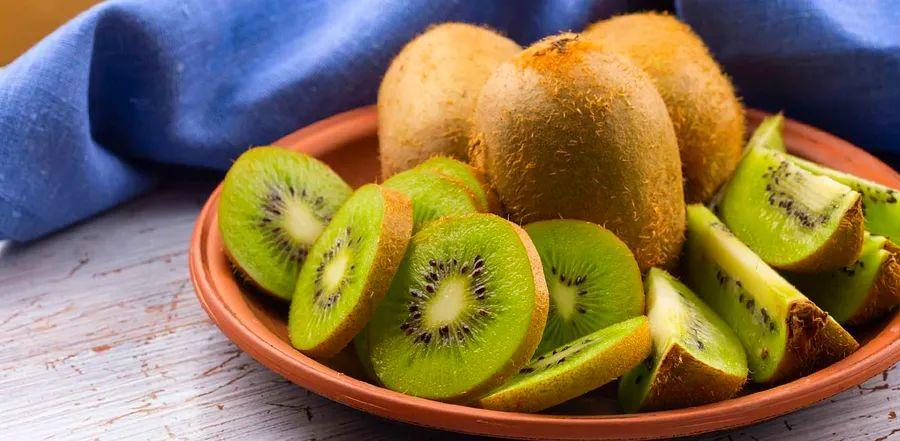3 Foolproof Ways to Keep Kiwi Fresh and Tasty

Kiwis are unique fruits; they don’t quite resemble most other produce we’re familiar with. Technically a berry, they have a distinctive appearance—fuzzy and egg-shaped—and their brown skin is actually edible. If you're a fan of these tangy, juicy green fruits but aren't sure how to store them, you're not alone. Thankfully, there are simple strategies to ensure your kiwis stay fresh and ready to eat for as long as possible.
What's the Best Way to Store Kiwis?
The ideal storage location for your kiwis depends on their ripeness. Unlike many fruits, kiwis continue to ripen after being harvested, so how you store them can either slow down or speed up that process. If you've found some perfectly ripe kiwis, the fridge is the best place to keep them. The cool temperature and controlled humidity will maintain their freshness. However, the fridge won’t preserve them forever, so try to consume them within a few days.
For kiwis that are still firm and need more time to ripen, keep them on the counter. If you have a paper bag, this is ideal because it helps retain moisture and keeps the fruit in the dark. If not, just place them in a fruit bowl or on the counter, making sure there’s enough space for air circulation and nothing is stacked on top of them. Also, avoid storing kiwis near apples, bananas, or other fruits that release ethylene gas, as this can quickly turn your kiwis from firm to overripe.
How to Properly Store Kiwis
In the Refrigerator
The cool environment of the fridge acts like a time-saver for your kiwis, slowing down the ripening process. If your kiwis are already ripe, store them in a perforated plastic bag or loosely wrap them in the plastic produce bags from the store and place them in the crisper drawer. Make sure not to stack anything on top, as they’re delicate and can get squished. In the fridge, ripe kiwis can stay fresh for up to two weeks, while slightly unripe ones can last up to four weeks.
At Room Temperature on the Counter
Kiwis are delicate and prefer to be stored without being overcrowded or stacked. Ideally, keep them in a single layer with plenty of space around them. When left on the counter, store kiwis in a loosely sealed paper bag to keep moisture in and pests out. If your kiwis aren’t quite ripe, leave them at room temperature outside of the fridge to ripen naturally. For hard, unripe kiwis, place them in a paper bag with an apple or banana, as the ethylene gas they release will speed up the ripening process.

Check out the recipe: Tropical Kiwi Frozen Pops
How to Freeze Kiwi
While freezing whole kiwis might seem like an easy option, it’s not ideal. Frozen whole kiwis take a long time to thaw, are tough to blend properly, and are difficult to peel after freezing.
For the best results, slice your kiwis before freezing. You can either peel them or leave the skin on, but peeled kiwis tend to have a smoother texture once thawed. Cut them into small cubes or slices, arrange them in a single layer on a baking tray lined with parchment or silicone, and place the tray in the freezer. After 3-4 hours, the kiwi should be fully frozen. Then, transfer the fruit to a zip-top bag or another airtight, freezer-safe container. Label and date the bag, and plan to use your frozen kiwi within a year.
How to Tell If Your Kiwi Has Gone Bad
Check for any tears, bruises, or soft spots on the skin, as these often mean the kiwi is overripe and mushy inside. As kiwis near spoilage, they lose moisture, so wrinkled patches on the skin can signal the fruit is drying out and past its peak. Any mold is a clear sign the kiwi is bad and should be discarded. If the exterior looks fine, give it a gentle squeeze. A ripe kiwi should feel soft but not mushy; if it’s too squishy or feels overly soft, it’s time to throw it away.

1

2

3

4

5
Evaluation :
5/5